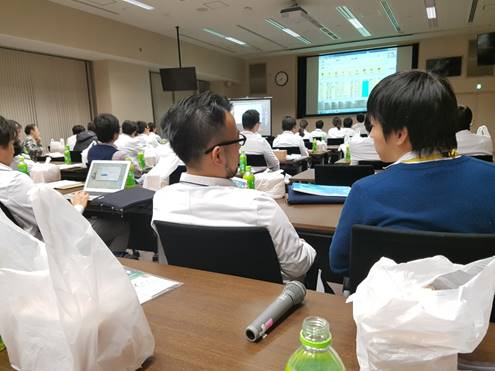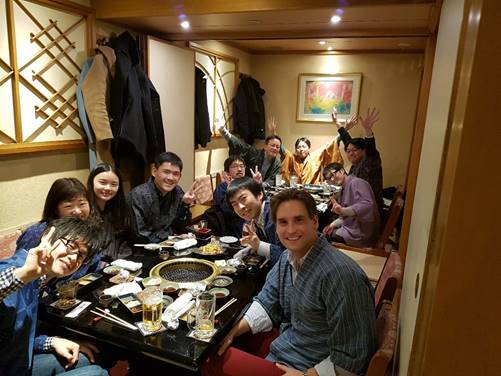Clinical Exchange in Japan
Welcome to Japan and Nagoya University school of Medicine!
My name is Erik Rask and I am a medical student at Lund University in Sweden. Between January 21 and April 1 2017 I rotated in Cardiology, Cardiac surgery, Emergency medicine/ICU and Plastic surgery at Nagoya University Hospital.
This was the first time that I ever visited Japan and I had no idea what to expect in terms of the culture or the healthcare system. After having spent just 10 weeks here I have learned so much about Japanese culture, I have come to love Japanese food and I now have a better understanding of Japanese healthcare. I have also practiced my clinical skills in all the departments which I visited. Although there was sometimes a language barrier, the doctors were eager to instruct and explain.
Cardiology
Cardiology was the first department I visited in Japan and my first introduction to Japanese work culture in general and hospital culture in particular. The doctors, nurses and secretaries were all very keen on helping me orient myself around the hospital, teaching me Japanese greetings and customs. In the clinic I observed many catheter interventions, mostly stenting of obstructed coronaries, pulmonary artery catheterisations and ablations to prevent arrhythmias. There were also smaller procedures including pacemaker wire placements or pacemaker battery changes.
Except for interventional cardiology I also participated in rounds of cardiac inpatients and attended lunch and evening lectures where patient cases were presented or a medical company introduced a new device or drug.
Cardiac Surgery
One of the main differences between Sweden and Japan when it comes to hospital culture is that doctors in Japan tend to work much longer hours, this was especially noticeable in cardiac surgery. All doctors were very ambitious and worked long hours. This resulted in many interesting surgeries to observe and participate in.
Aside from surgery, I was able to witness post-op treatment of cardiac patients as well as consultations of patients with previous surgeries e.g. those who were now on LVADs. My rotation also coincided with the annual meeting of one of the Japanese societies for cardiac surgery. As a result, I was invited to Tokyo to see the conference, an opportunity for both some very interesting lectures and a chance to experience the most populated city in the world.
Plastic Surgery
One of the fascinating things about plastic surgery is the width of the field. One day the doctors were salvaging what could be saved from a diabetic foot on a senior, the other they were reconstructing a hypoplastic ear on a teenager. Although this was a surgical rotation, I was also able to spend time examining inpatients and I experienced some outpatient visits.
Emergency Medicine
The emergency department was vastly different than the one in my university. We receive around 400 patients every day, divided into two separate emergency wards, whereas in Nagoya it could be as little as 4 patients on one day. This, in combination with video surveillance of the emergency room enabled ER doctors to spend a lot of time in the ICU where they could monitor the ER while taking care of other patients. In the ICU I was able to experience a multitude of different patients, including four cases of myocarditis. As patients are placed in the ICU based on the severity of their condition and not on the origin, I learned a little from many different fields.
All in all, I had a truly amazing experience during my time in Nagoya. In all the departments I visited, I was met with a warm and welcoming attitude. This includes not only the doctors but all staff at the hospital and school who really made me feel welcome during my time there. To all you potential future exchange students, I deeply recommend it.


Click here to read other stories
Nagoya University Graduate School of Medicine